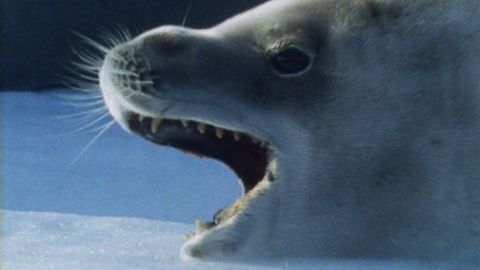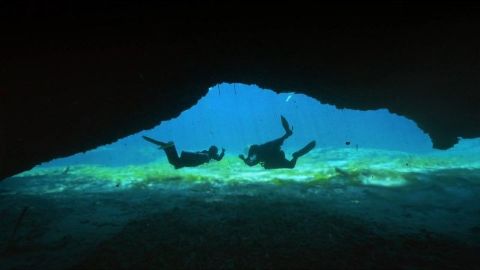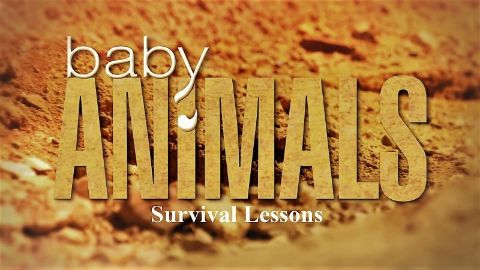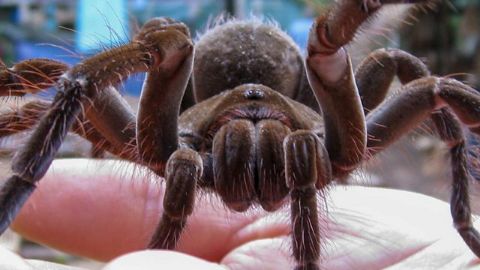Forces of Nature With Brian Cox • 2016 • 4 episodes •
In this episode Brian uncovers how the stunning diversity of shapes in the natural world are shadows of the rules that govern the universe. In Spain he shows how an attempt by hundreds of people to build the highest human tower reveals the force that shapes our planet. In Nepal, honey hunters seek out giant beehives that cling to cliff walls. The perfect hexagonal honeycombs made by the bees to store their honey conceal a mathematical rule. Off the coast of Canada, Brian explains how some of the most irregular, dangerous shapes in nature - massive icebergs that surge down from Greenland and into shipping lanes of the Atlantic - emerge from a powerful yet infinitely small force of nature. Even the most delicate six-sided snowflake tells a story of the forces of nature that forged it.
2016 • Nature
Professor Brian Cox follows Earth's epic journey through space. He takes to the air in a top-secret fighter jet to race the spin of the planet and reverse the passage of the day. In Brazil, a monstrous wave that surges up the Amazon River provides an epic ride of a different kind - chased by a top surfer through the rainforest, this tidal wave marks Earth's constant dance with the Moon. Greenland experiences some of the biggest swings in seasons in the world, but despite the deep freeze, the harsh winter brings opportunity to the Inuit people who live there. All this spectacle here on Earth signals that we are thundering through the universe at breakneck speed. Brian explains why we can't feel it and how understanding motion brings us to understanding the nature of space and time itself, leading to the astonishing conclusion that the past, present and future all exist right now.
2016 • Nature
In this episode, Professor Brian Cox shows how Earth's basic ingredients, like the pure sulphur mined in the heart of a deadly volcano in Indonesia, have become the building blocks of life. Hidden deep in a cave in the Dominican Republic lies a magical world created by the same property of water that makes it essential to life. Clinging to a precipitous dam wall in Italy, baby mountain goats seek out Earth's chemical elements essential to their survival. In the middle of the night in a bay off Japan, Brian explains how the dazzling display of thousands of glowing squid shows how life has taken Earth's chemistry and turned it into the chemistry of life.
2016 • Nature
In this final episode Professor Brian Cox travels to Iceland, where the delicate splendour of a moonbow reveals the colours that paint our world, and he visits a volcano to explain why the sun shines. By exploring how sunlight transforms the plains of the Serengeti, drives the annual migration of humpback whales to the Caribbean and paints the moon red during a lunar eclipse, Brian reveals the colour signature of our life-supporting planet. Finally, at an observatory high in the Swiss Alps, he shows how these colours aren't simply beautiful, but that understanding how they're created is allowing us to search for other Earths far out in the cosmos.
2016 • Nature









